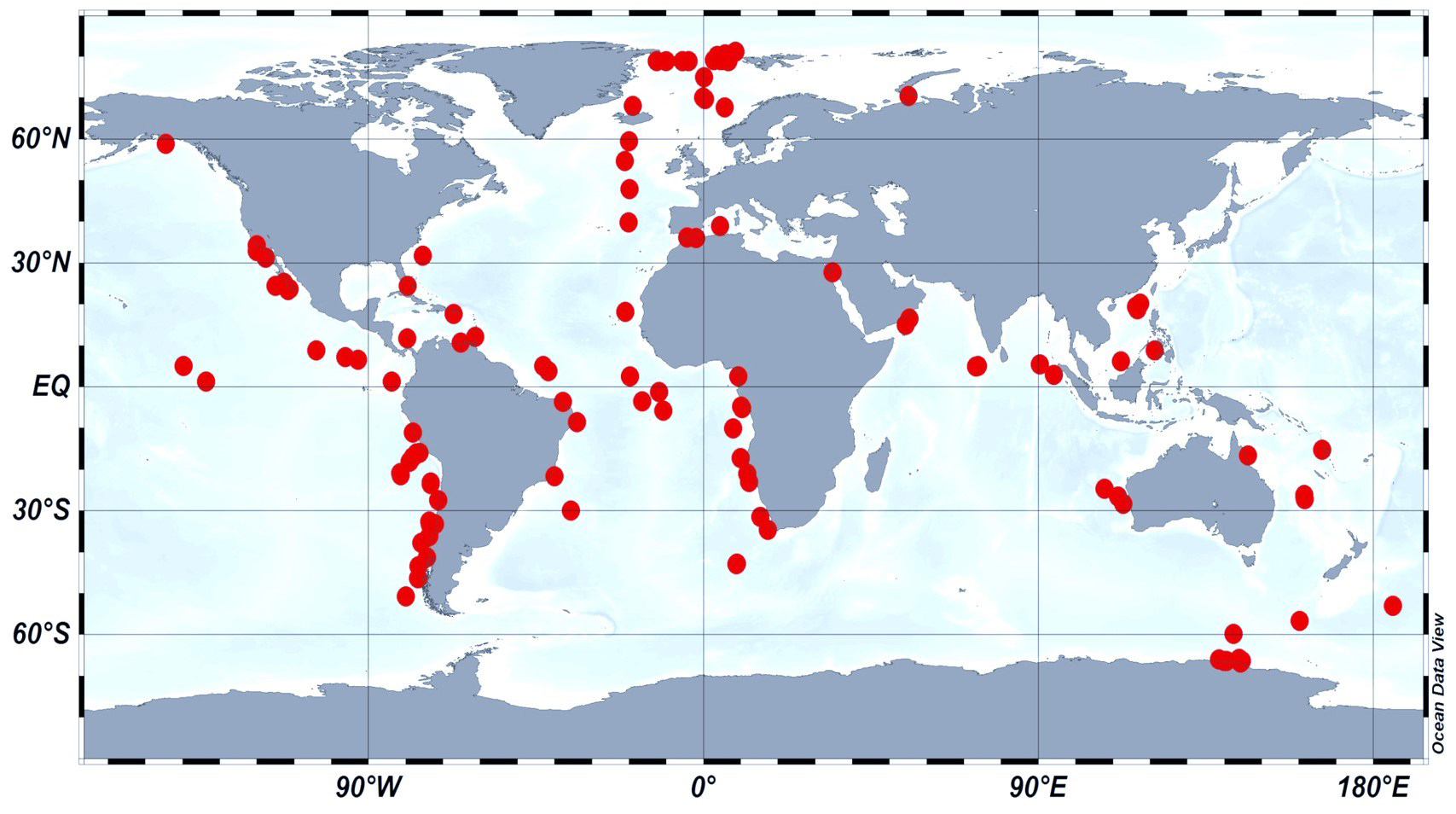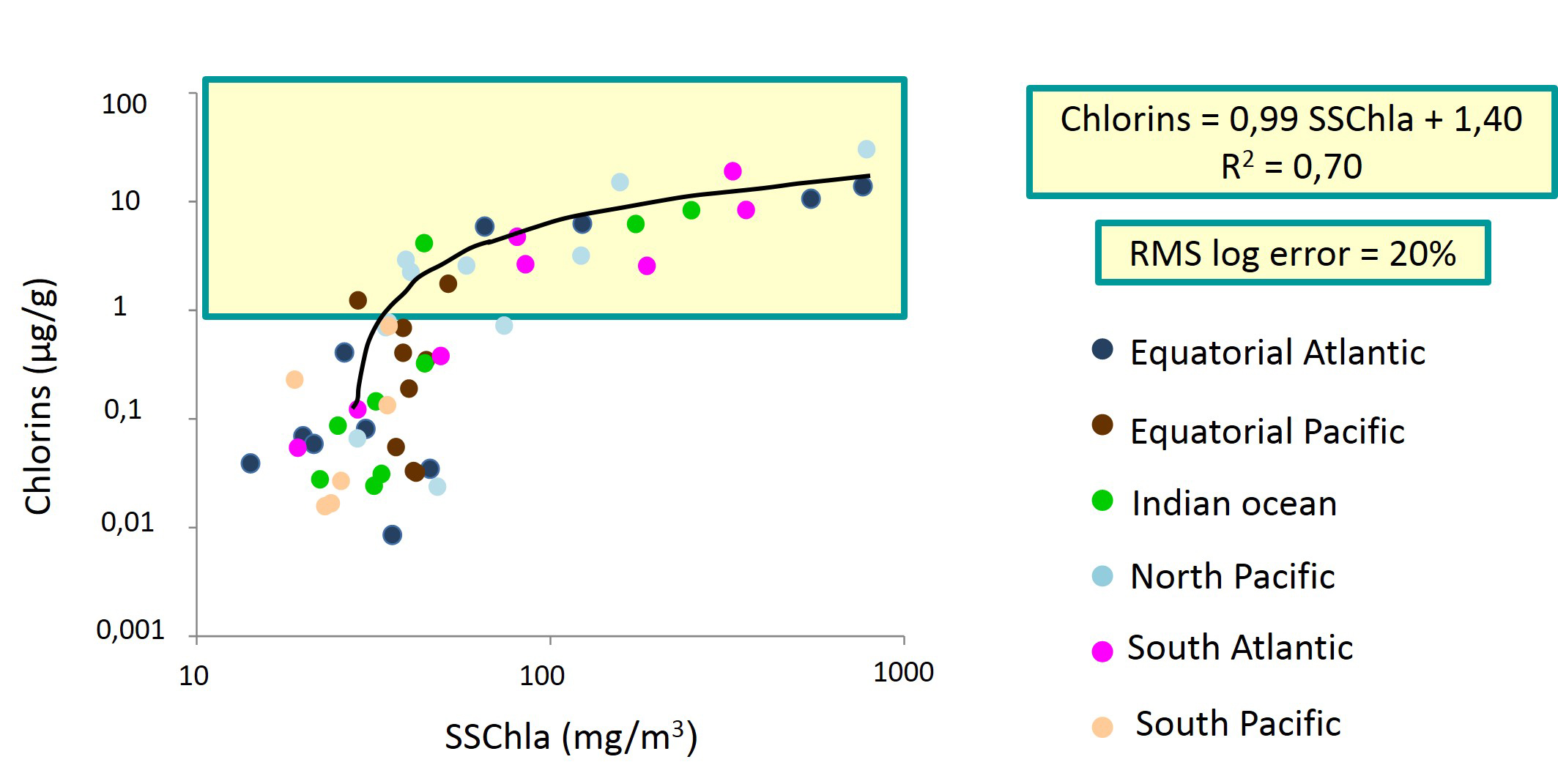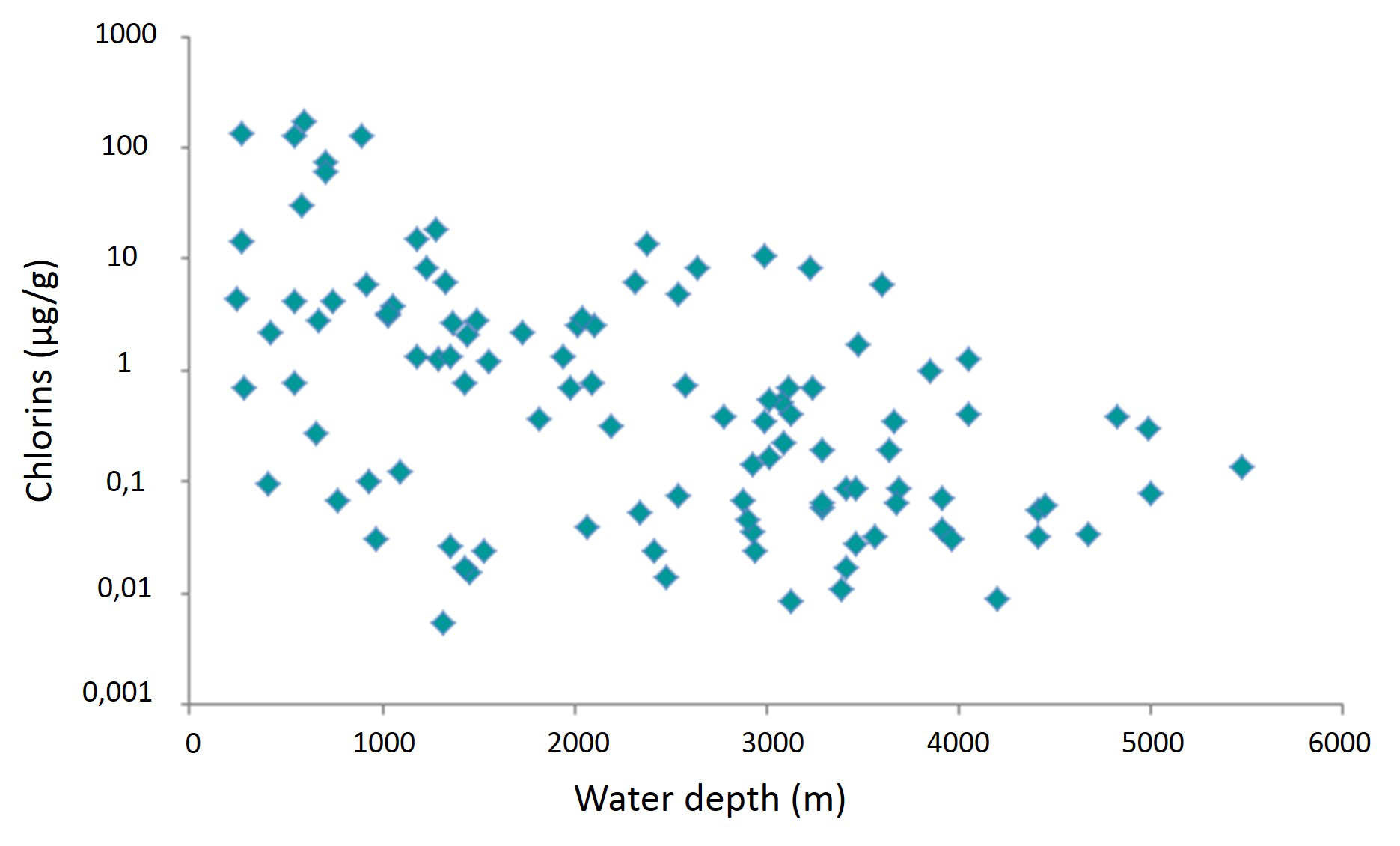Reports: ND254868-ND2: Appraisal of the Postdepositional Diagenetic Alteration of Nitrogen Isotopic Signatures of Sedimentary Chlorins
Antoni Rosell-Mele, PhD, Universitat Autonoma de Barcelona
The general topic of this proposal is the study of nitrogen isotopes in chlorins, here broadly defined as chlorophylls and their diagenetic products (i.e. dihydroporphyrins that are functionalized precursors of sedimentary porphyrins). Thus, measurement of nitrogen isotopes in marine sediments provide a unique way of understanding the cycling of the major nutrients between geologic and biologic reservoirs. The general objective is to evaluate the postdepositional sedimentary alteration of the nitrogen isotopic signatures of chlorins, from the early stages of the diagenetic alteration of chlorophylls to the initial stages of the formation of porphyrins. In this project we will validate one of the assumptions of the use of δ15N in tetrapyrroles, which is that chlorins and porphyrins retain the isotopic signature of the source photoautotrophs, despite extensive postdepositional diagenetic transformations. This assumption, which to our knowledge has not been validated, justifies that the measurement of δ15N may be undertaken, not just in individual tetrapyrrolic compounds, but in a pooled fraction of chlorins or porphyrins. This poses considerable analytical advantages, particularly given the increasing diversity of porphyrins with age of the sediment. Porphyrins are common in oils and sediments, and this proposal is design to contribute to the understanding of the diagenetic processes that lead to their formation, as well as to constrain the interpretation of nitrogen isotopic signature derived from tetrapyrroles in sediments to reconstruct depositional conditions related to biogeochemical processes in ancient environments. Such information can be of use to understand the complexity and nature of porphyrin mixtures and also of use for oil-source rock and oil-oil correlation studies.
During the reporting period we have focussed on the measurement of chlorins (composition, abundances and isotopes) in a large global suite of modern marine surface sediments (Fig.1), and sediment cores from the South Atlantic. At this stage we have decided to concentrate our analytical methodology to measure chlorins d15N using the offline nano-IRMS approach, rather than through the generation of maleimides. The modern data are being used as training or calibration sets to interpret the downcore results. For this purpose, we have been comparing the modern geochemical data with those generated by remote sensing over the last 20 years on chlorophyll concentration at the sea surface (Fig. 2), as well as water column depositional properties (e.g. Fig. 3). In addition, we have also generated ancillary geochemical data (i.e. bulk isotopes, TOC, alkenones, see Fig. 4) to constrain the interpretation of the chlorin sediment data. Some of the results obtained so far have been presented in the International Meeting in Organic Geochemistry 2017 in Florence. Two papers are also being completed to be submitted to Global Biogeochemical Cycles (by 2017) and Organic Geochemistry (by February 2018).
The ACS-PRF New Directions (ND) grant has enabled me to pursue a new research line which we are applying to several of our current projects. The project is allowing us to focus in the setting up the required analytical techniques, which pose a considerable number of challenges, both in terms of acquiring the required skills in wet chemistry analytical work, and the application of instrumental developments which are not provided by the instrument manufacturers, such as nano-IRMS. This investment in the development of the analytical know-how should allow us to constrain further the processes that lead to the sedimentary signals of δ15N in chlorins, and ultimately achieve the goals of the project. The students that are working in the framework of the project are acquiring a considerable expertise in cutting edge analytical techniques that will allow them progress further in their careers as geochemists in environmental and Earth sciences once they graduate.
Figure 1. Locations of surface sediments studied to determine chlorins composition, concentration and isotopic composition.
Figure 2. Correlation between sedimentary chlorins and sea-surface chlorophyll-a derived from satellite observations.
Figure 3. Correlation between sedimentary chlorins concentration and water depth.
Figure 4. Correlation between sedimentary K37 alkenones and sea-surface chlorophyll-a in marine surface sediments.















